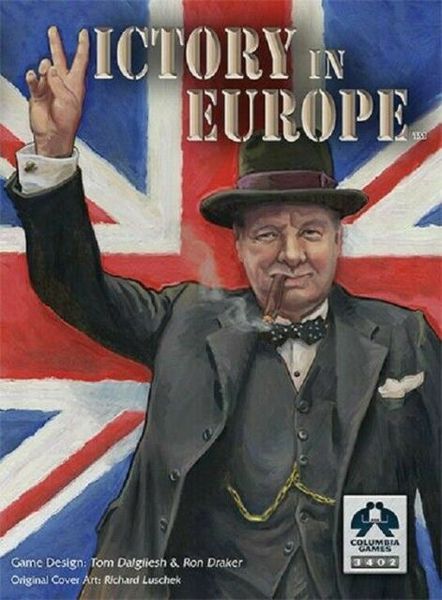Victory in Europe (2015) Board Game
Victory in Europe is a strategic board game set during World War II, where players take on the roles of either the Axis or Allied powers in a battle for control of Europe. The game was released in 2015 and is designed by Tom Dalgliesh and Ron Draker, with artwork by Columbia Games.
Game Components of Victory in Europe
How To Setup Victory in Europe
To set up the game, players first unfold and place the map of Europe. Each player then receives their respective blocks and stickers, which are applied to the blocks. The card decks are shuffled, and players draw their initial hands based on the year of the war they are starting with. Players also determine their starting positions on the map according to the game’s initial setup rules. The game is ready to play once all blocks are stickered, and the cards are distributed.
Gameplay Mechanics and Game Objective
Player Experience
Victory in Europe offers a dynamic and strategic gaming experience. The early war is dominated by the Axis, but the Allies gain strength and initiative by 1943. The game’s card system adds a layer of strategy, forcing players to prioritize their attacks and movements. The influence mechanics on neutral countries add an element of unpredictability, making each game unique. The game’s replayability is high due to the random card draws and the varied outcomes possible in each game.
Pros
Cons
Personal Thoughts on Victory in Europe
Victory in Europe is ideal for fans of strategic wargaming and those interested in World War II history. It offers a balanced and engaging experience, allowing for historical accuracy while also providing the flexibility for alternative outcomes. The game’s components and mechanics make it a great addition to any board game collection, especially for those who enjoy games with deep strategy and high replayability. However, it may not be the best fit for casual gamers due to its complex mechanics and historical context.
We are supported by our audience. When you purchase through links on our site, we may earn an affiliate commission, at no extra cost for you. Learn more.

